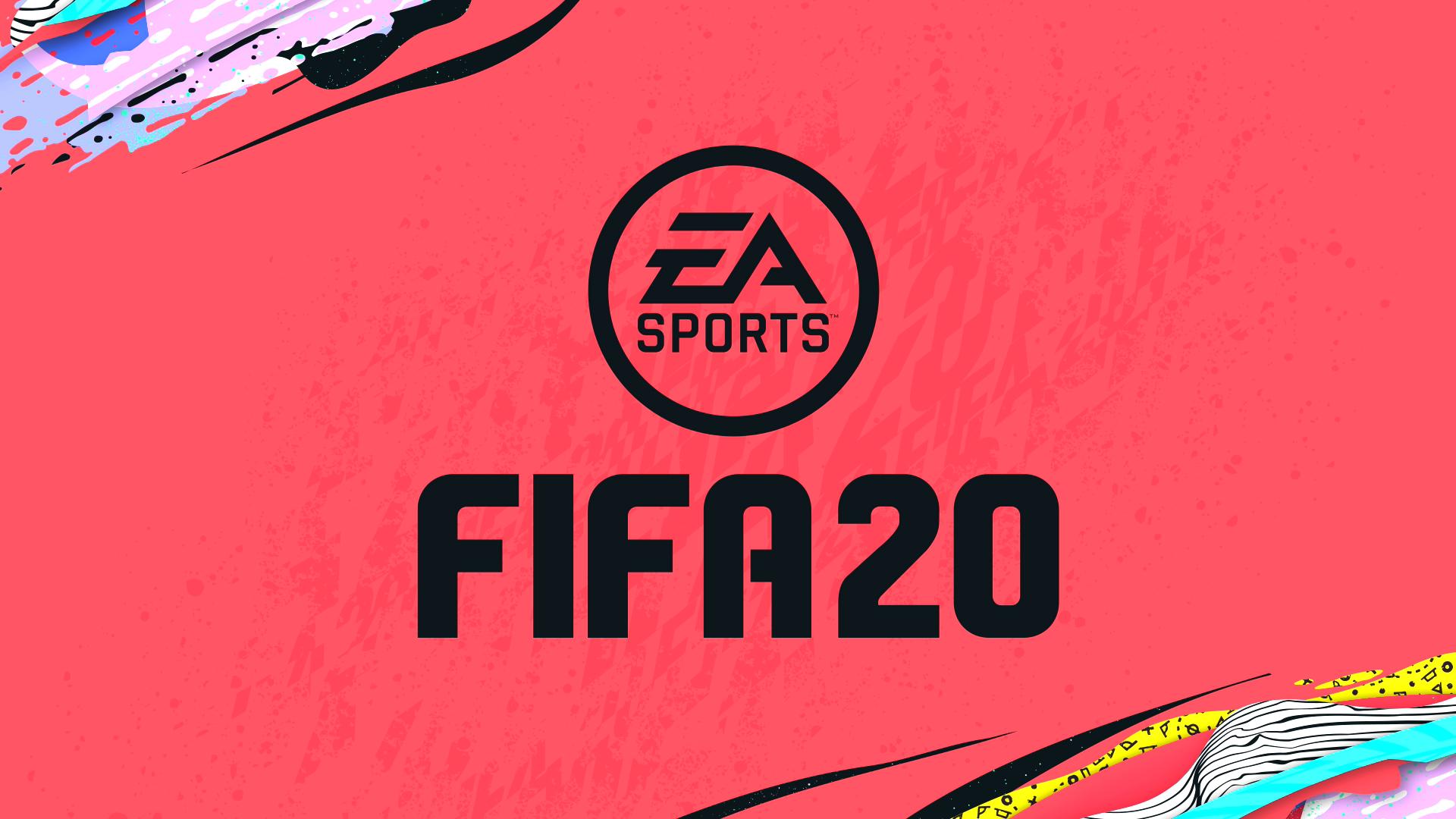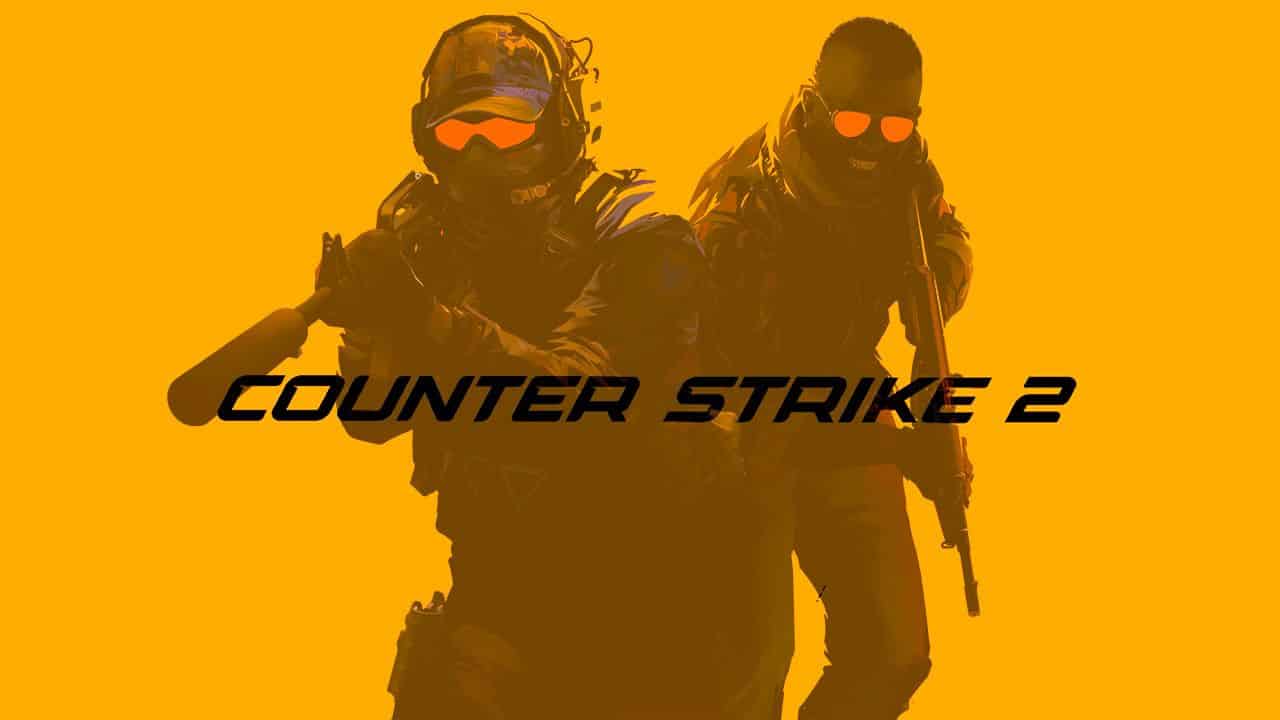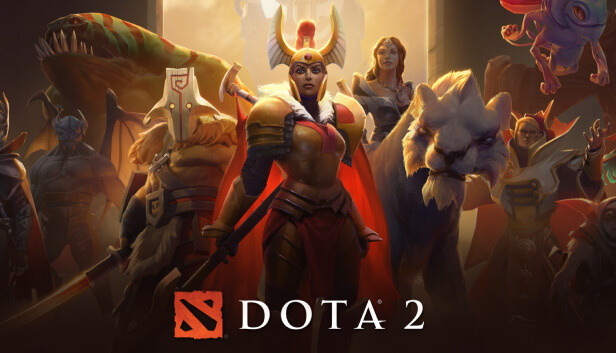Need a website?
Playing FIFA 20 on the Intel UHD 770

Can FIFA 20 play on the Intel UHD 770
FIFA 20 introduced VOLTA Football and brought better physics, AI, and animations — a solid leap from previous titles. But how does it perform on the Intel UHD 770, one of Intel’s newer integrated GPUs? Let’s cut straight to the benchmarks and recommended settings.
Performance Overview: UHD 770 + FIFA 20
Intel’s UHD 770 delivers a noticeable upgrade over older iGPUs like the UHD 630. It’s not built for high-end gaming, but for FIFA 20, it does enough to hold its own.
1080p on Medium Settings
FPS Range: 45–55
Experience: Playable and consistent. Not quite 60 FPS, but responsive enough for smooth gameplay.
Compared to older iGPUs, the UHD 770 holds frame rates more consistently, especially during standard matches. The GPU can even push texture quality slightly higher, though intense scenes still cause frame dips.
Best Settings for FIFA 20 on Intel UHD 770
To get the most stable experience, here’s what you want to tweak:
Resolution: 1080p
Texture Quality: Medium
Shadow Quality: Low
Ambient Occlusion: Off
Anti-Aliasing: Off or x2
V-Sync: Optional, depending on tearing
These settings offer clean visuals without overloading the GPU. If you go higher, expect inconsistent frames — especially during crowd-heavy cutscenes or quick camera transitions.
Real-World Gameplay: What to Expect
The UHD 770 handles FIFA 20 well under typical conditions. Match flow is smooth, controls are responsive, and visuals hold up at medium detail. You might see minor stutters during more demanding sequences, but nothing that breaks immersion.
Compared to something like the UHD 630, the improvement is clear: fewer drops, faster loading, better rendering on players and stadiums. You won’t get ultra-quality visuals, but you’re not sacrificing much in terms of actual gameplay.
Conclusion: UHD 770 Can Definitely Handle It
If you’re running FIFA 20 on Intel UHD 770, you’re good to go — as long as you keep the settings in check. You’ll get a steady 40–55 FPS at 1080p on medium, and the gameplay experience stays solid throughout.
For anyone not planning to invest in a dedicated GPU, the UHD 770 offers an excellent middle ground — more than enough for casual matches and even online play, without noticeable lag or instability.
Playing FIFA 19 on Intel UHD 770 in 2025

FIFA 19 on Intel UHD 770
Intel UHD 770 isn’t your typical low-end integrated graphics unit. Found in newer 12th and 13th-gen Intel CPUs, it’s an evolution over the older UHD 630, and in the right setup, it blurs the lines between entry-level and mid-tier gaming.
So how does FIFA 19 — EA’s 2018 installment — run on the UHD 770 in 2025? Is this pairing just good on paper, or does it actually deliver a good football experience without a dedicated GPU?
Setup That Matters
First off, FIFA 19 runs on the Frostbite engine, just like FIFA 18, meaning it’s already well-optimized for a wide range of systems. Pair UHD 770 with dual-channel 16GB RAM and a decent 12th-gen i5, and you’ve got a setup that can punch far above what you’d expect from an iGPU.
At 1080p, you can expect 40–50 FPS on medium settings, which feels buttery smooth for a sports title like FIFA. Drop things down to 720p, and suddenly you’re hovering around 60 FPS with some settings even pushed to high.
Recommended Settings for UHD 770
Resolution: 1920×1080 (main), 1600×900 (for extra smoothness)
Rendering Quality: Medium
Anti-Aliasing: Off or FXAA
Crowd Detail: Medium to High
Shadows: Low
Lock Frame Rate: Optional, but unlocked gives you better responsiveness
Gameplay feels crisp and fluid. Player movement, camera shifts, and passes all respond naturally. There’s no noticeable input lag or sudden frame dips even in crowded match moments — a good sign of a stable gaming experience.
Single Channel RAM? Think Again
While UHD 770 is powerful for an iGPU, it still shares system memory. Running FIFA 19 with single-channel RAM will limit its capabilities. You’ll still get playable framerates, but expect stutters, longer loading times, and reduced responsiveness.
If you’re buying a system or upgrading RAM — go for dual-channel, no questions asked.
Visuals and Performance Balance
FIFA 19 doesn’t ask for much, but the UHD 770 allows you to push past bare-minimum settings. With a bit of tweaking, you can even turn on anisotropic filtering and slightly higher shadow quality without severely hurting performance.
This makes it a solid casual gaming setup — you can run matches, build your team in career mode, and play online without having to compromise too much on graphics.
A Strong iGPU in 2025
In 2025, where GPU prices are still all over the place, having something like the Intel UHD 770 opens up more casual titles without worrying about power draw or heat. FIFA 19, being well optimized, still holds up both visually and gameplay-wise — making this a solid match.
Playing FIFA 18 on Intel UHD Graphics 770

FIFA 18 on Intel UHD Graphics 770
The Intel UHD 770, found in newer 12th and 13th-gen desktop processors, isn’t exactly a gaming GPU. But with its beefed-up architecture compared to older integrated options, it opens the door to older games like FIFA 18 running not just decently—but smoothly. So, how does it fare in 2025? Is it just playable, or can it push FIFA 18 into new territory for iGPU gaming?
Let’s find out.
Not Just Playable – It’s Actually Smooth
FIFA 18 on the UHD 770 doesn’t just “run”—it feels refined. Compared to older Intel iGPUs like the HD 520/620, this one offers a major leap in frame stability, visuals, and responsiveness. Even without a dedicated GPU, the UHD 770 delivers smooth gameplay at 1080p—something older iGPUs could barely manage at 720p.
Expect well above 60 FPS on low settings, and if you tweak things right, medium settings at 1080p is totally within reach. The difference is clear right from the intro scene—animations flow better, player models look sharper, and menus respond without delay.
Recommended Settings
To get the best combo of visuals and performance, here’s what we suggest:
Resolution: 1080p (1920×1080)
MSAA: Off
Render Quality: Medium
Shadows: Low
Crowd: On (yes, you can keep it!)
Frame Rate Cap: 60 FPS (or unlimited if you’re feeling confident)
Unlike older integrated GPUs that needed every setting turned down, the UHD 770 lets you actually enjoy the visual details of FIFA 18 while still maintaining excellent frame rates.
Dual-Channel RAM Still Helps
Even with a better iGPU like the UHD 770, running the system on dual-channel RAM makes a clear difference. You’ll notice faster load times, better consistency in animations, and fewer dips during replays and cutscenes.
Also, if you’re on a desktop build with a higher TDP CPU, thermal throttling won’t be an issue, and you’ll get more consistent performance compared to mobile variants of Intel chips.
Where It Shines
Career mode, quick matches, local multiplayer—FIFA 18 on the UHD 770 covers all the bases. Whether you’re using a monitor with a 60Hz or 75Hz refresh rate, the frame pacing holds up well, and input lag stays low. This is the first time an Intel iGPU can actually give you a console-like experience in a FIFA game this old.
If you’re on a budget and running newer Intel hardware without a dedicated GPU, FIFA 18 is an easy win. It runs great, looks decent, and won’t heat up your rig or eat battery life on mobile setups either.
Can Apex Legends run on Intel UHD Graphics 770

Apex Legends on Intel UHD Graphics 770
The Intel UHD Graphics 770 is far from a dedicated gaming card, but that doesn’t mean it can’t surprise you — especially with a game like Apex Legends, a fast-paced battle royale that’s more forgiving on lower-end hardware than most people think. But the question remains in 2025: can you drop into World’s Edge or Olympus with this iGPU and come out with a few kills — or even a win?
Let’s break it down.
Apex Is Demanding — But Not Impossible
Apex Legends is built on the Source engine, meaning while it looks modern, there’s a little optimization magic running under the hood. That said, the UHD 770 is still integrated graphics — no VRAM, shared system memory, and no dedicated cooling. So don’t expect miracles. But surprisingly? Playability is within reach.
Performance
At 720p with everything set to the lowest settings, Apex Legends on the UHD 770 delivers a playable 40–55 FPS average. It’ll fluctuate depending on whether you’re in close-quarters buildings, wide-open terrain, or mid-firefight chaos.
Not silky smooth — but very playable.
At 1080p low settings, however, performance takes a hit. Expect 25–35 FPS, which starts to creep into choppy territory, especially in high-intensity moments like third parties or late zones. It’s still possible to get by, but definitely not ideal.
If you’re going to main Apex on this chip, stick with 720p low — or go custom with things like keeping texture streaming budget on “None” and shadows off entirely.
Things You Must Do
Before you install Apex, double-check these:
✅ Run Dual Channel RAM – Always. One stick = regret.
✅ Lower resolution in Origin or Steam launch options if needed.
✅ Turn off Origin Overlay and all background processes.
✅ Cap FPS to 60 using the
+fps_max 60launch command for better pacing.
Conclusion
The Intel UHD Graphics 770 in 2025 can run Apex Legends, and while it won’t blow minds, it can hold its own at 720p if you’re just looking to have fun with friends, complete dailies, or drop some casual kills.
It’s not tournament-ready, but hey — if your goal is to play rather than spectate, you’re in luck.
Playing CS2 on Intel UHD Graphics 770

CS2 on Intel UHD Graphics 770
The Intel UHD Graphics 770 is Intel’s latest integrated graphics offering bundled with 12th and 13th Gen desktop CPUs, but can this iGPU deliver the kind of performance needed for a competitive shooter like CS2 (Counter-Strike 2) in 2025? That’s the real question.
CS2 isn’t just any shooter — it’s a twitch-heavy, reaction-based, competitive multiplayer game where every frame counts and input lag could be the difference between a clean headshot and watching the kill cam.
So how does Intel UHD 770 hold up under pressure? Well… it surprisingly does a decent job.
Not All UHD 770s Are the Same
Depending on which processor the UHD 770 is tied to — like the i5-12400 vs the i7-13700 — performance can vary slightly, especially when paired with different RAM speeds or configurations. However, the difference is usually within 10-15%, nothing dramatic, and mostly down to CPU boost clocks and thermal handling.
Performance
On low graphics settings with 720p resolution, CS2 runs surprisingly smooth, with average frame rates hovering around 70-90 FPS, depending on the map and how much is going on. That’s more than playable. The game’s optimization engine does its job here.
At 1080p low settings, performance dips into the 50–65 FPS range, with occasional stutters in smoke-heavy or flash-heavy scenes. It’s still very playable, but the dip from the 720p experience is noticeable.
For competitive play, 720p low with a high-refresh display is the ideal combo on UHD 770.
Optimizing Your Setup
If you’re using UHD 770 to play CS2, here’s what to lock in before you even click “Play”:
Enable Dual Channel RAM – This is non-negotiable. Running single stick RAM can tank your performance by 40–50%.
Disable all background apps – You’re already pushing the iGPU, don’t split the attention.
Set CS2 to ‘Performance Mode’ in graphics settings – Remove shadows, lower texture detail, and disable anti-aliasing.
Cap FPS at your monitor’s refresh rate – To reduce input lag and frame tear.
Conclusion
The Intel UHD Graphics 770, as of 2025, can indeed run CS2 and can do so well enough to let you enjoy casual and even semi-competitive play. Sure, you won’t be topping esports leaderboards, but with 70+ FPS on 720p and mid-50s at 1080p, you’re far from unplayable.
If you’re coming from an older HD Graphics 620 or even UHD 630 setup, this is a serious upgrade, and CS2 will reward you for it.
Playing Dota 2 on Intel UHD Graphics 770

Dota 2 on Intel UHD Graphics 770
Dota 2 has remained a cornerstone in the MOBA world — competitive, tactical, demanding in its own way, but surprisingly forgiving when it comes to system requirements. That brings us to the Intel UHD Graphics 770, Intel’s newer generation of integrated graphics that comes bundled with 12th and 13th-gen CPUs. Now the big question: Can Dota 2 run smoothly on the Intel UHD 770 in 2025? Absolutely. But let’s break it down.
Not all UHD 770s are created equal, though. The performance hinges a bit on whether you’re running an i5, i7, or i9 — clock speeds, core count, and power limits will make a small difference. But overall, the performance across UHD 770-equipped CPUs stays within a close range, with no more than 10-15% swing in real-world gameplay.
Performance
At 1080p Low settings, the Intel UHD 770 can comfortably push out a locked 60 FPS. That’s already a major win for an integrated graphics unit. Even in the middle of big 5v5 team fights, performance remains largely stable. The GPU handles Dota 2’s engine pretty well, especially since it doesn’t rely too heavily on the GPU for most of its workload.
At 1080p Medium settings, the FPS dips slightly but stays playable in the 45–55 FPS range — a sweet spot for casual and semi-competitive play. On High settings, however, things get tight. Expect mid-30s FPS and occasional dips, especially in crowded fights.
At 720p Low settings, the UHD 770 absolutely flies — pushing up to 100 FPS or more, with silky smooth responsiveness. If you’re going for maximum competitive edge and reaction time, this is the setup to go with.
Note:
If there’s one consistent rule with all integrated graphics, it’s this — dual channel RAM is mandatory. You’ll want both RAM slots filled for maximum bandwidth. Running single channel RAM can lead to brutal performance losses, sometimes cutting your framerate by up to 50%. Always check this before running any game on iGPU.
Recommended Settings for Dota 2 on Intel UHD 770
Resolution: 1080p (Preferred) or 720p for max smoothness
Render Quality: 80% (optional for FPS boost)
V-Sync: Off
Texture Quality: Medium
Effects Quality: Low
Shadow Quality: Off
Anti-Aliasing: Off
Ambient Occlusion: Off
Vertical Sync: Off
High Quality Water: Off
Dashboard Background: Low
These tweaks will maximize your framerate while keeping the game visually clean and responsive.
Conclusion
As far as integrated graphics go in 2025, the Intel UHD 770 is more than capable of handling Dota 2 with respectable performance. Whether you’re running casual matches or climbing the ranked ladder, this iGPU provides a solid experience at 1080p Low or Medium settings.
Just don’t expect ultra settings and 144Hz perfection — this is an integrated GPU, not a dedicated gaming beast. But if you’re a student, casual player, or budget gamer, the UHD 770 is good enough to keep you in the fight.





